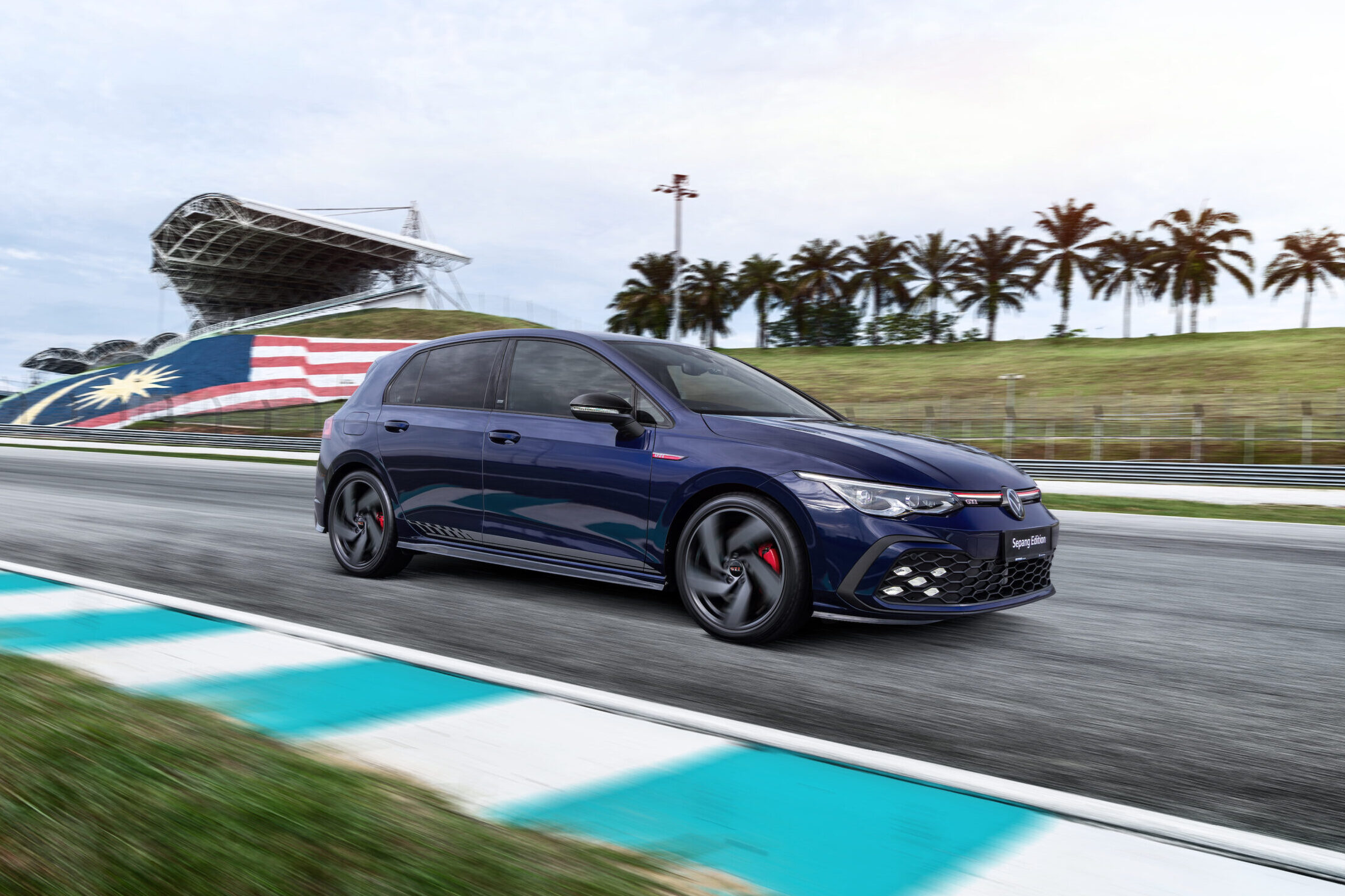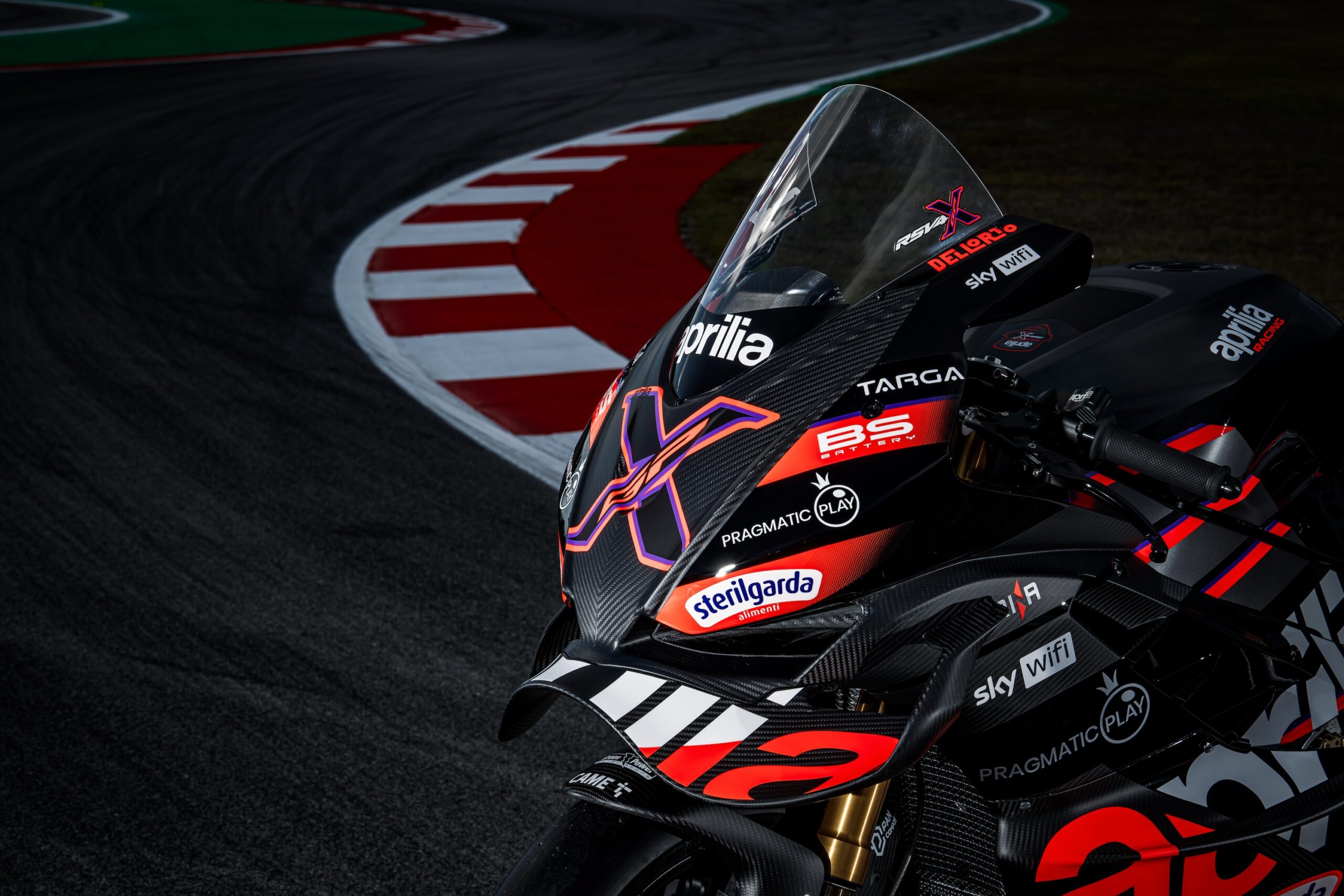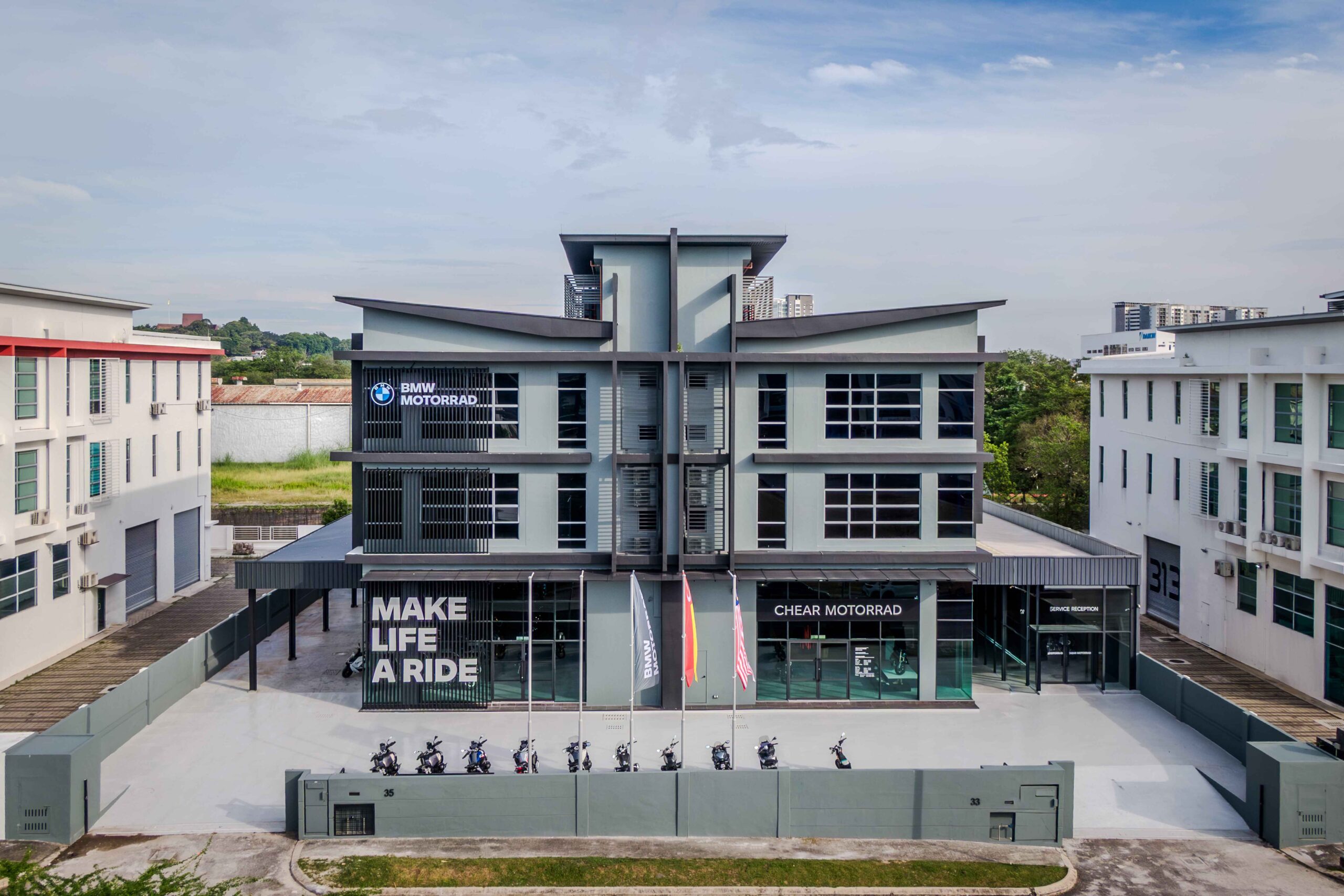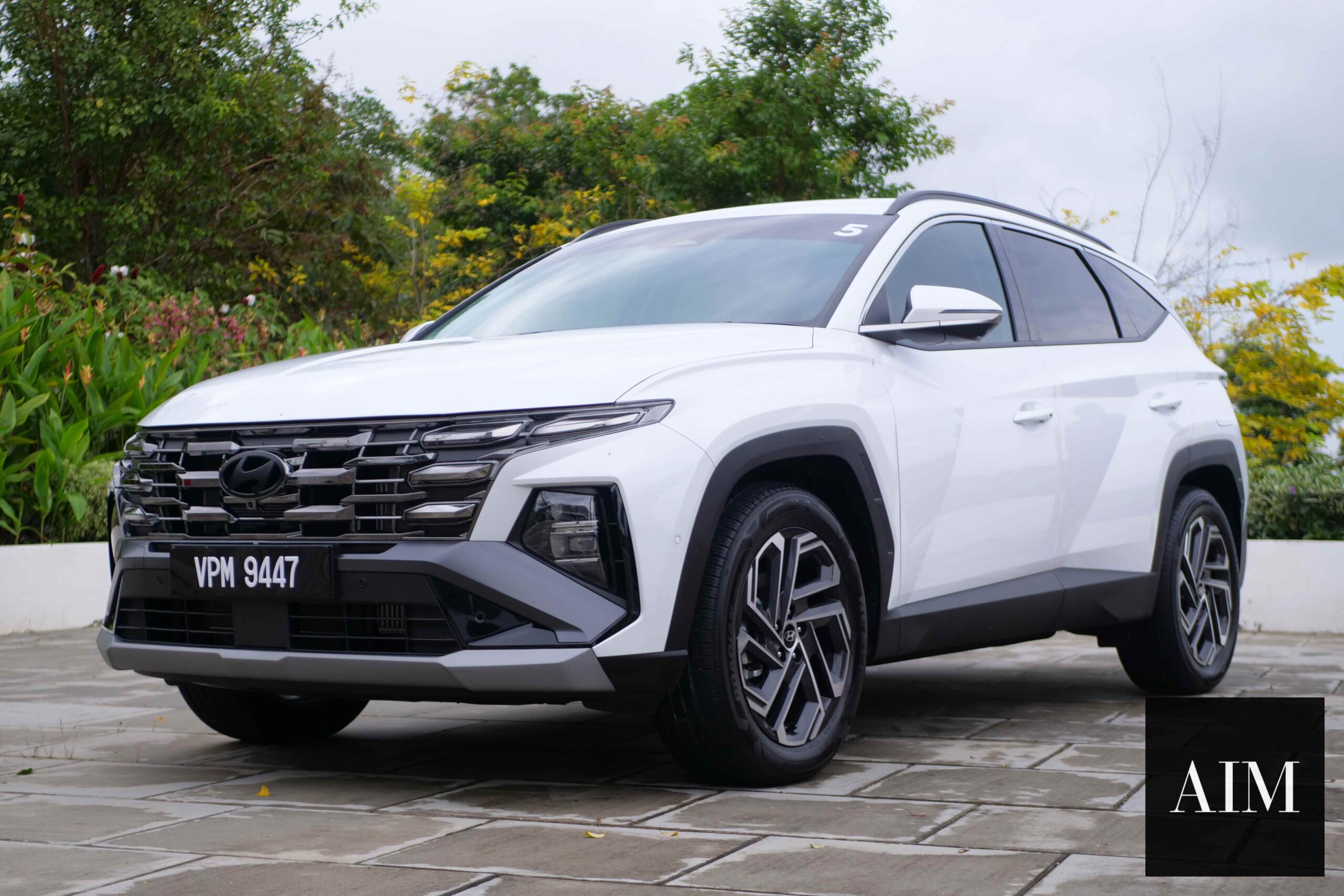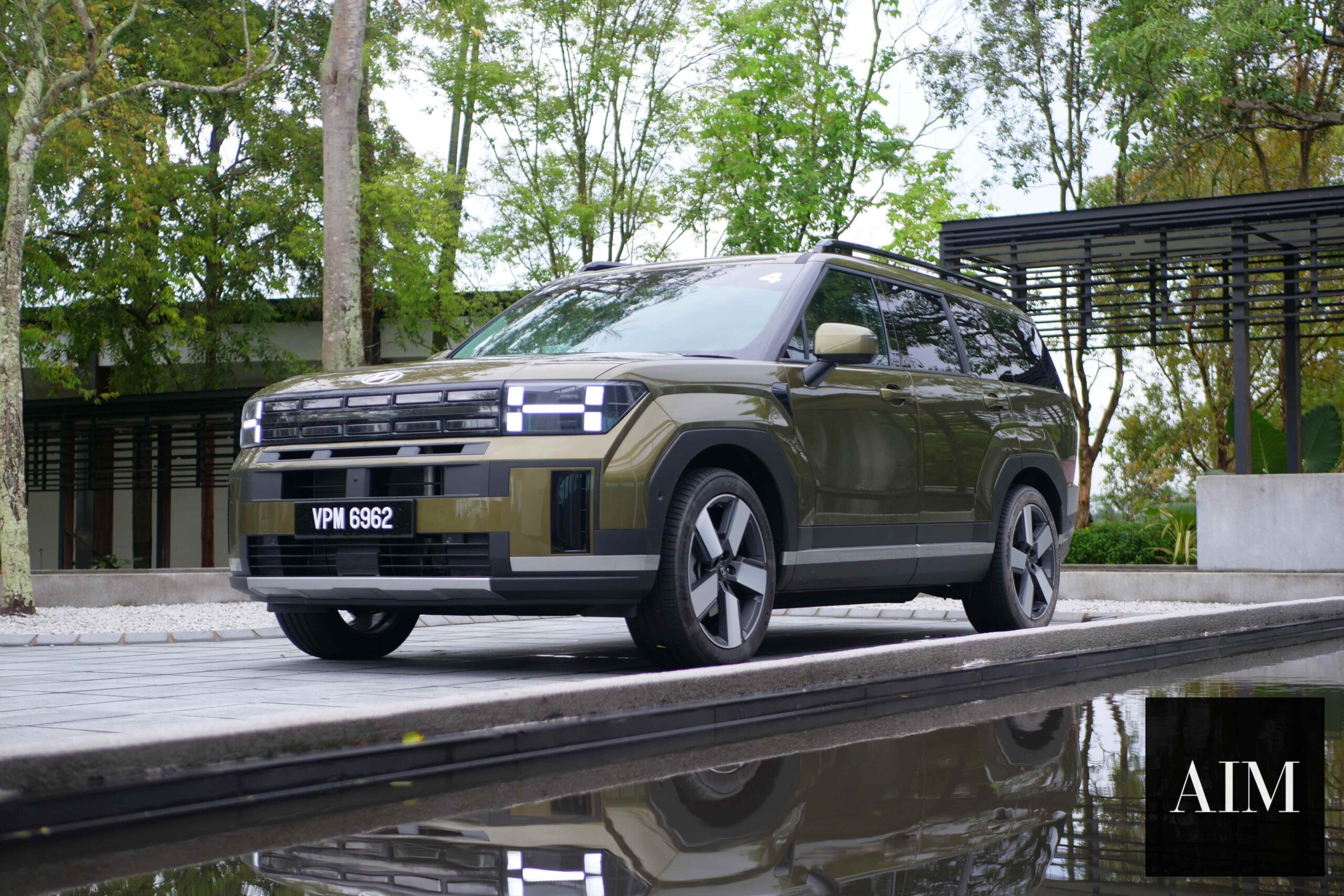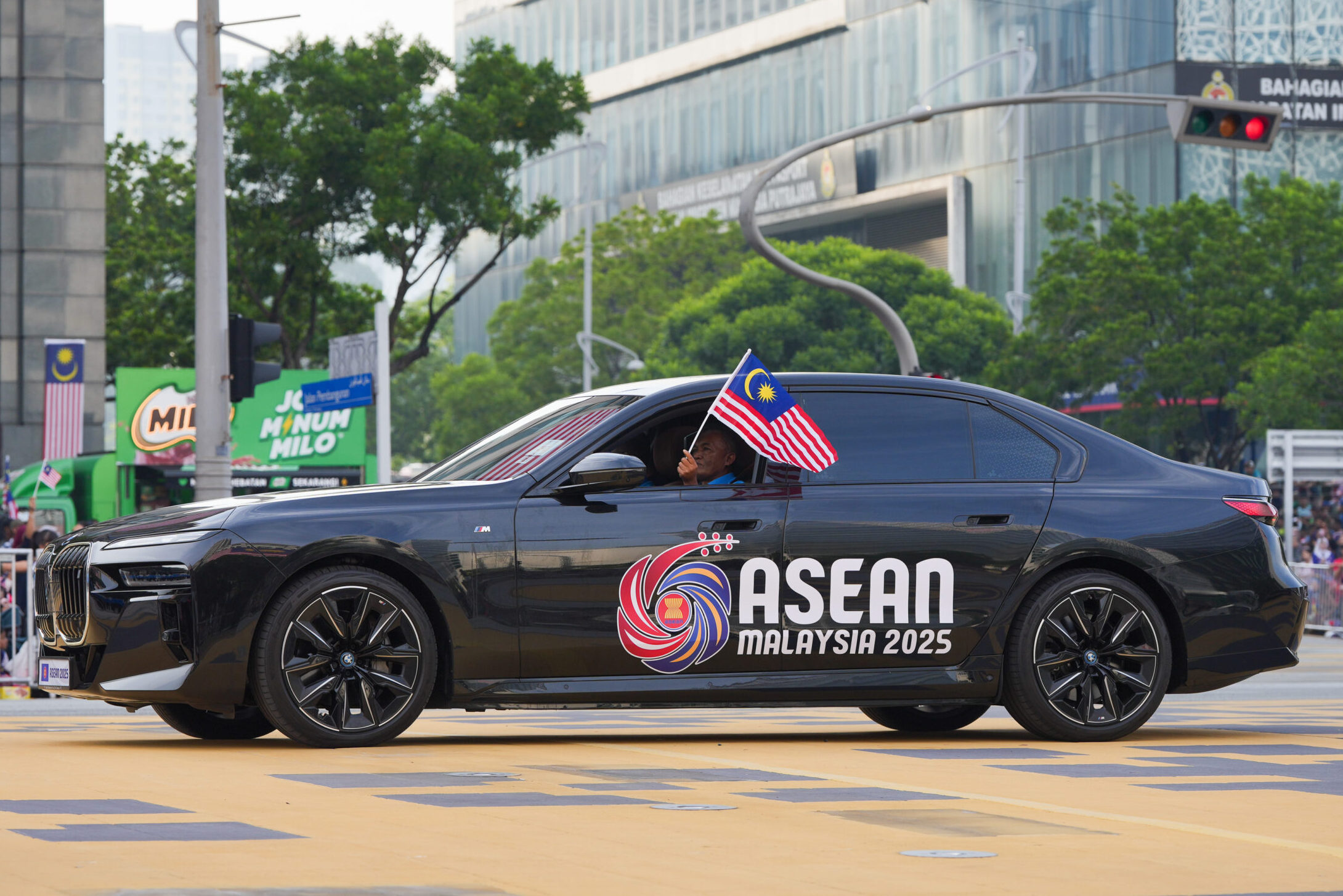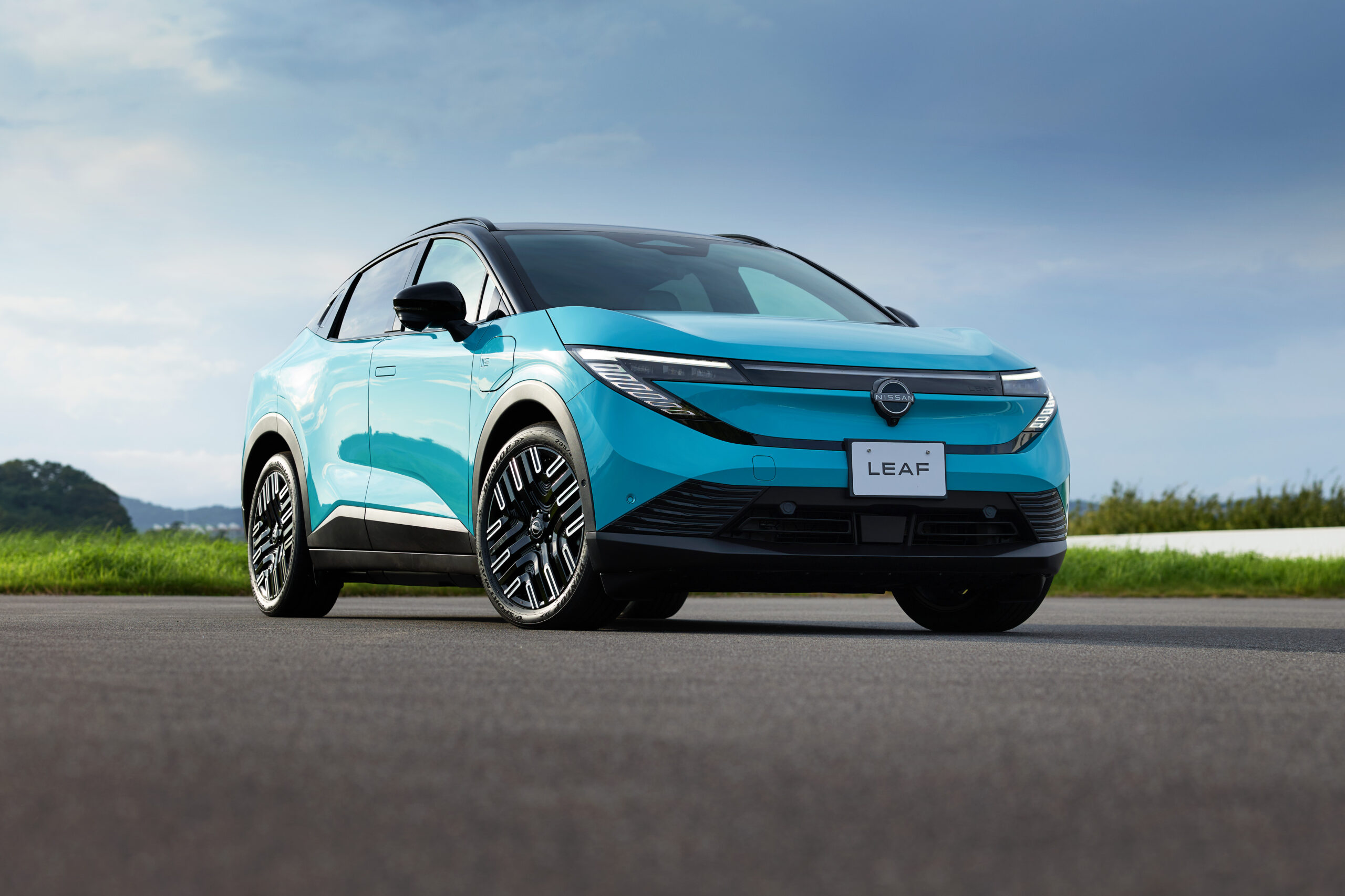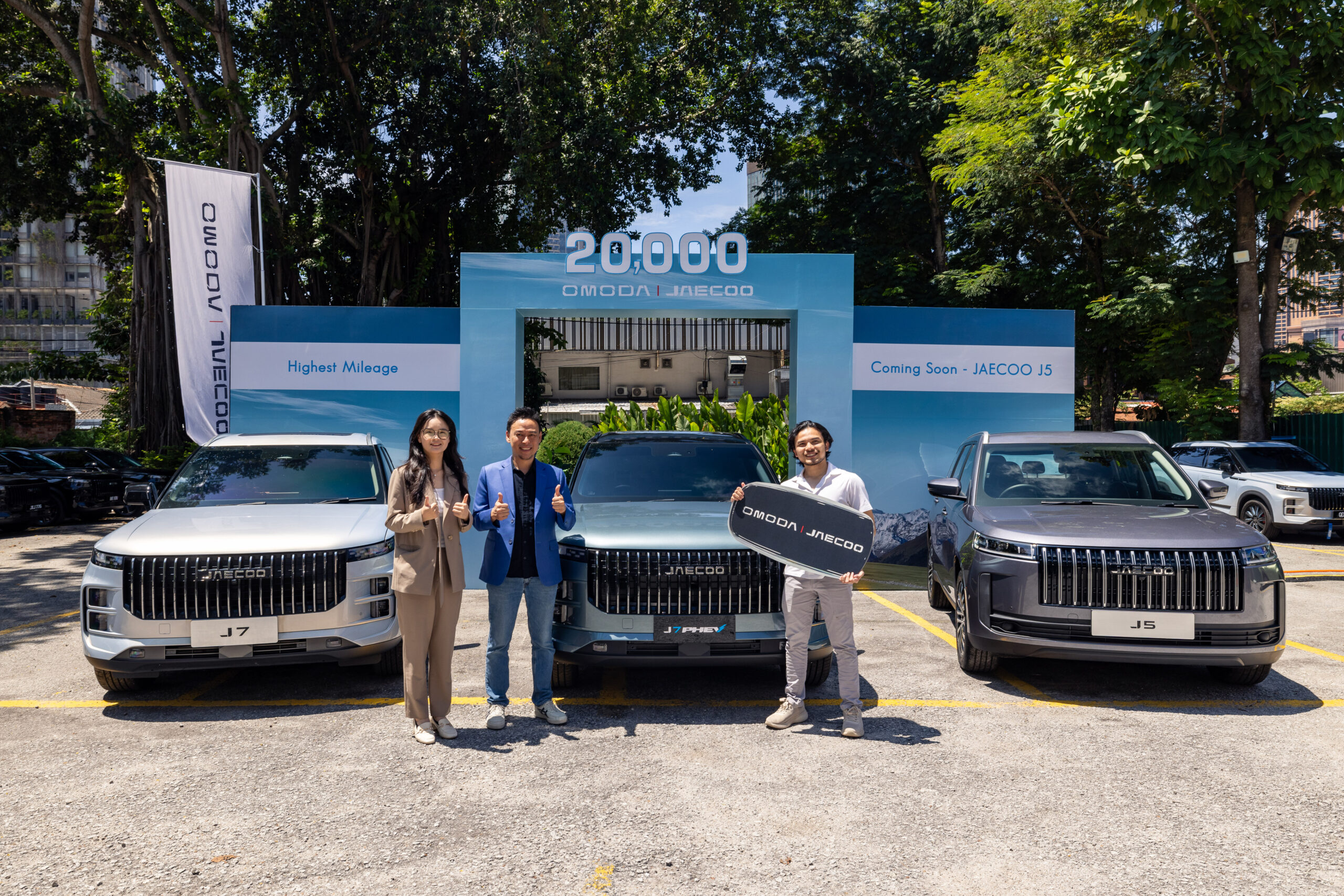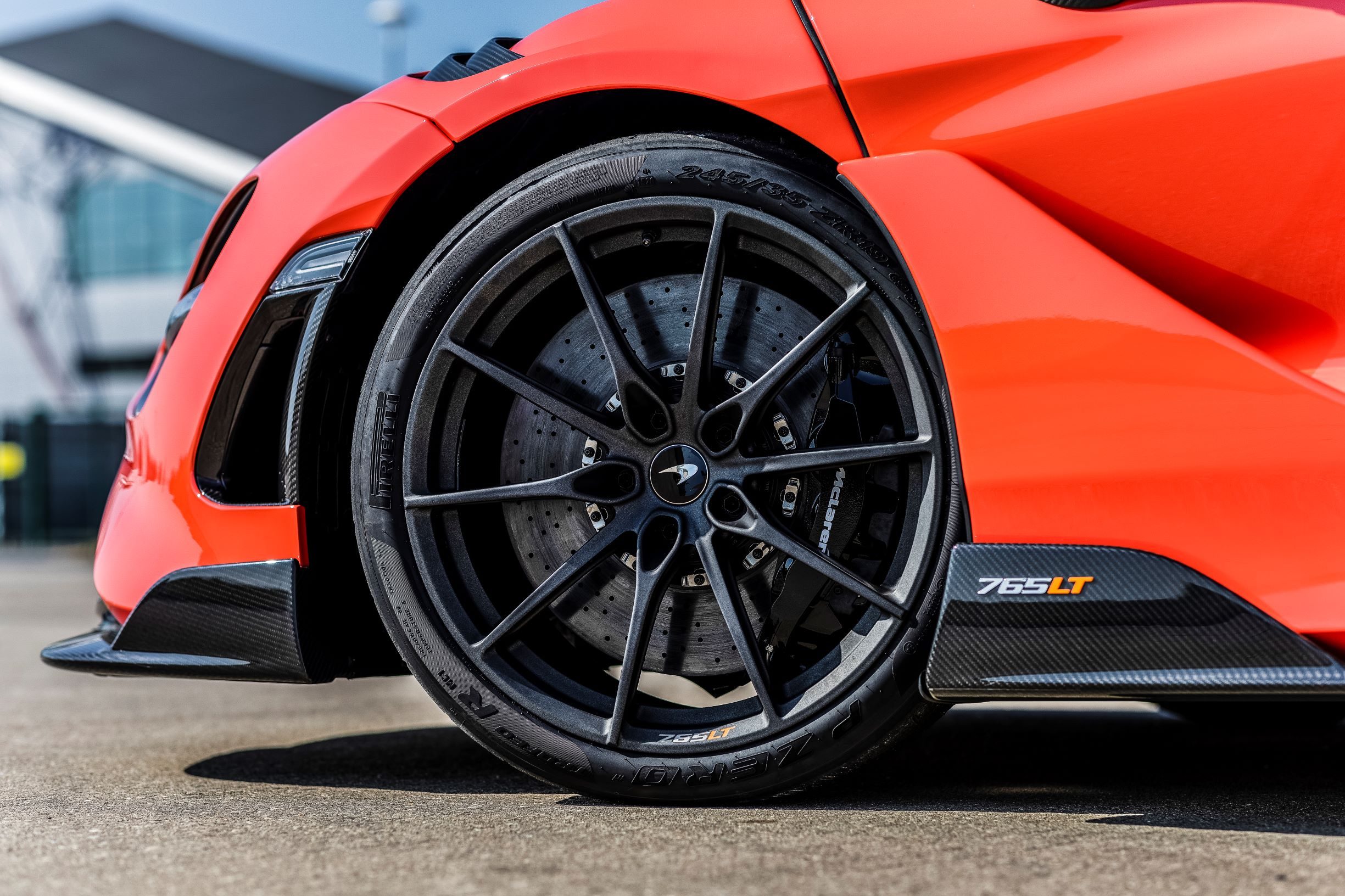
Why Luxury Cars Use a Different Set of Tyres: Engineering Excellence, Innovation, and the Pursuit of Perfection
Luxury cars are more than just vehicles—they are masterpieces of engineering, blending power, elegance, and technological sophistication. Among the myriad components that define their superiority, tyres stand out as unsung heroes.
These high-performance vehicles demand tyres that transcend ordinary standards, engineered to meet upward thresholds of speed, safety, comfort, and sustainability. This article explores the intricate world of luxury car tyres, revealing how they elevate driving experiences and why they are indispensable to automotive excellence.
Performance at Extreme Speeds: Defying Physics
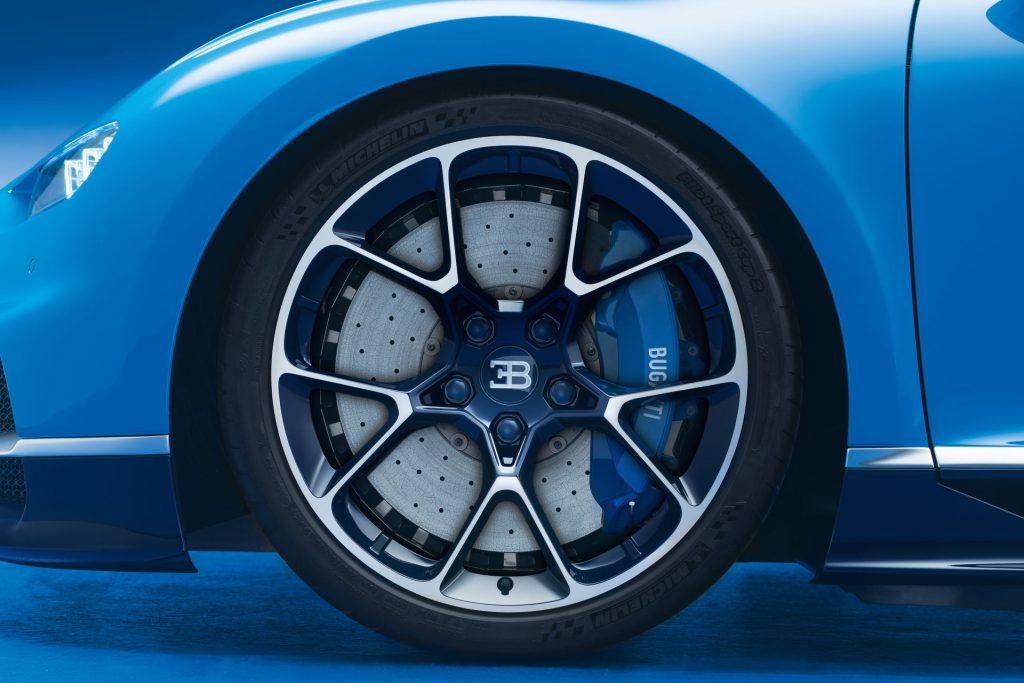
Luxury cars like the Bugatti Chiron, Koenigsegg Jesko, or Ferrari SF90 Stradale are engineered to achieve speeds exceeding 200–300 mph. Standard tyres would fail catastrophically under such stress. Luxury tyres are built to withstand these extremes through:
- Aerospace-Grade Materials: Advanced composites like aramid fibers (used in bulletproof vests) reinforce sidewalls, preventing deformation at high speeds.
- Heat-Resistant Compounds: Silica-infused rubber maintains grip even as temperatures soar during aggressive driving.
- Track-Inspired Tread Patterns: Asymmetric or directional treads optimize water dispersion and road contact. Michelin’s Pilot Sport Cup 2 R, used on the Porsche 911 GT3 RS, features a “Bi-Compound” tread—softer edges for grip and a harder center for durability.
Case Study: The Bugatti Chiron’s tyres, developed with Michelin, endure centrifugal forces equivalent to 3,800 times Earth’s gravity at top speed. Each tyre is X-rayed for imperfections, ensuring they survive speeds of 261 mph.
Acoustic Engineering: Silence as a Luxury
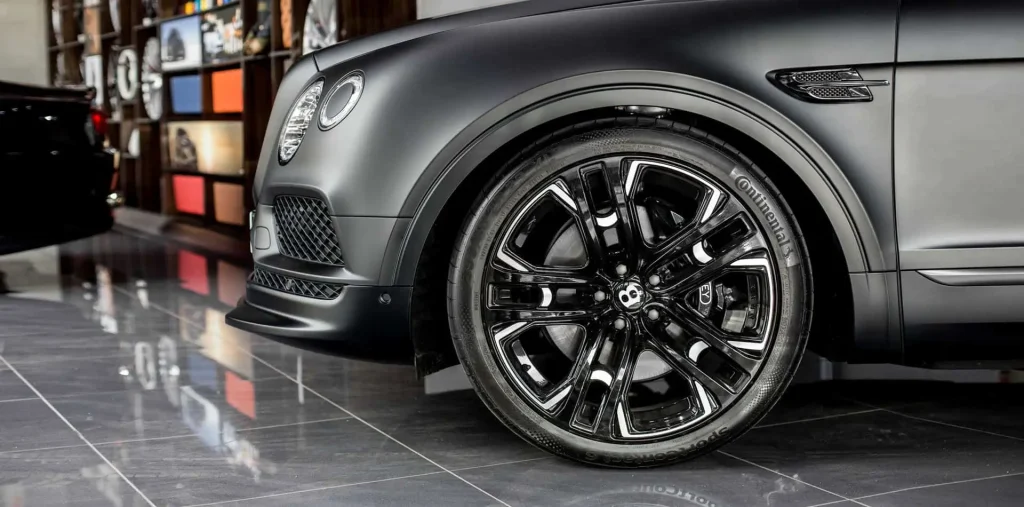
Luxury marques like Rolls-Royce and Bentley pride themselves on cabin serenity. Standard tyres generate road roar from tread vibrations, but premium tyres employ groundbreaking noise-cancellation tech:
- Foam-Lined Interiors: Continental’s ContiSilent™ integrates polyurethane foam into the tyre, reducing noise by 9 decibels—akin to lowering a vacuum cleaner’s hum to a whisper.
- Variable Pitch Treads: By varying the spacing between tread blocks, manufacturers like Pirelli disrupt soundwave frequencies, minimizing harmonic resonance.
- Airless Tyre Tech: Bridgestone’s AirFree Concept tyres (used in prototypes) eliminate air-related noise entirely, relying on a recyclable thermoplastic resin structure.
Rolls-Royce’s bespoke tyres undergo 200+ hours of noise testing in anechoic chambers to ensure library-quiet interiors.
Precision Handling: The Science of Control
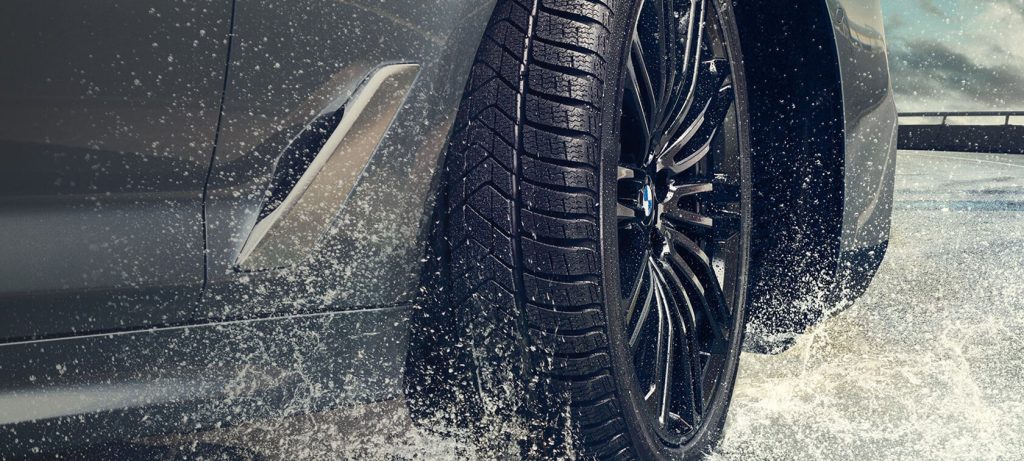
Luxury cars demand tyres that translate a driver’s slightest input into instantaneous action. Innovations include:
- Run-Flat Systems: BMW’s Emergency Spare Tyre Technology allows drivers to travel 50 miles post-puncture at 50 mph, using reinforced sidewalls that support the car’s weight.
- Active Tyre Warmers: High-end models like the McLaren 765LT use tyres with compounds that reach optimal grip temperatures faster, mimicking Formula 1 tech.
- 3D Siping: Laser-cut micro-grooves in tyres like the Pirelli P Zero Trofeo R expand in cold conditions for winter grip and contract in heat for summer stability.
Did You Know? Lamborghini’s ALA (Aerodinamica Lamborghini Attiva) system coordinates with tyre sensors to adjust downforce in real time, optimizing grip during cornering.
Aesthetics: Where Form Meets Function
For luxury brands, even tyres must exude style. Customization options include:
- Colored Sidewalls: Porsche offers custom-colored tire lettering for models like the 911 GT3, with hues matched to brake calipers.
- Designer Treads: Aston Martin’s Valkyrie hypercar uses tyres with tread patterns co-designed by Red Bull Racing’s aerodynamicists.
- Diamond-Cut Wheels: Low-profile tyres accentuate intricate alloy wheels, such as the 24-inch forged rims on the Mercedes-Maybach GLS 600.
Sustainability: The Green Revolution
As luxury brands pivot to electric vehicles (EVs), tyre innovation is critical:
- Eco-Friendly Materials: Michelin’s Visionary Concept tyres (2023) use 45% sustainable materials, including orange zest and recycled steel.
- Low Rolling Resistance: Tesla’s Model S Plaid uses bespoke Goodyear tyres with EV-optimized treads that extend range by 10% through reduced friction.
- Regenerative Tech: The Goodyear BHO3 prototype generates electricity via heat absorption, powering onboard sensors.
Future Trend: By 2030, 40% of luxury tyres will incorporate recycled or bio-sourced materials, per industry forecasts.
The Manufacturing Marvel: Crafting Perfection
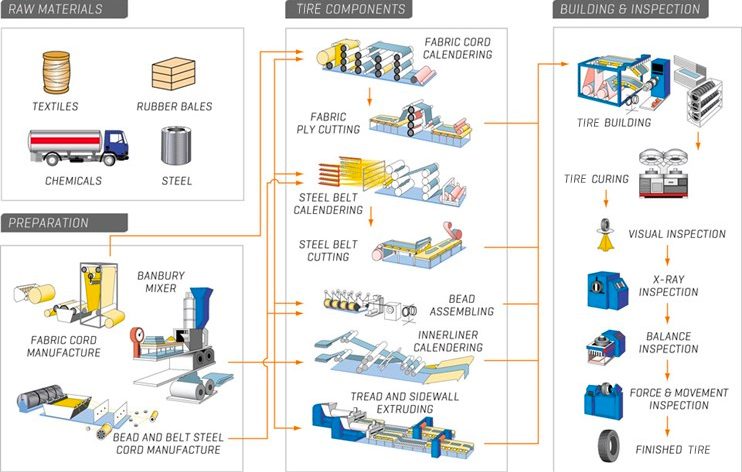
Luxury tyres undergo rigorous production processes:
- Robotic Precision: AI-guided robots at Pirelli’s Settlement Factory apply treads with 0.1mm accuracy.
- Cryogenic Testing: Tyres are frozen to -40°C to simulate Arctic conditions, ensuring pliability.
- Track Validation: Every Ferrari-approved tyre logs 1,000+ miles on the Fiorano test track before approval.
The Cost of Excellence: Why Price Tags Soar
Premium tyres cost $500–$2,500 each, reflecting:
- R&D Investment: Porsche spent $2.1 million developing the P Zero Corsa for the 911 GT2 RS.
- Exclusive Materials: Carbon fiber-reinforced sidewalls add 30% to production costs.
- Limited Production: Rolls-Royce’s tyres are hand-inspected, with annual output under 10,000 units.
Historical Evolution: From Carriages to Hypercars
The luxury tyre’s journey began in 1904, when Rolls-Royce’s founders insisted on puncture-resistant rubber for the Silver Ghost. By the 1980s, brands like Dunlop introduced run-flat tyres for bulletproof limousines. Today, companies like Michelin and Continental dominate the ultra-high-performance segment.
Owner Insights: The Maintenance Ritual
Luxury tyre ownership demands care:
- Pressure Monitoring: Systems like Mercedes’ TireCare auto-adjust pressure based on load and temperature.
- Rotation Protocols: Asymmetric tyres require directional swaps every 5,000 miles to prevent uneven wear.
- Storage Solutions: Owners of seasonal tyres use climate-controlled garages to prevent rubber degradation.
Conclusion: The Tyre’s Unwavering Legacy
Luxury car tyres are a testament to human ingenuity, merging art, science, and sustainability. They are not mere accessories but critical enablers of performance and safety. As autonomous and electric vehicles redefine mobility, tyre innovation will remain central to the luxury experience. For those who demand perfection, every kilometre traveled is a silent ode to the tyre’s unparalleled engineering—proving that even the smallest details define greatness.

